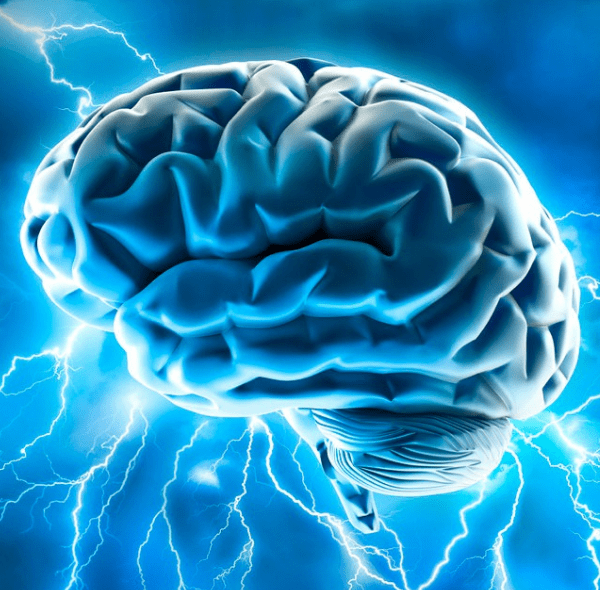We continue our blog series looking at first aid for seizures to show how people can help someone who is having a seizure.
Did you know there are over 40 different types of seizures? Everybody’s seizures affect them in different ways.
Most seizures are self-limiting and will stop on their own. Seizure first aid is one of the most effective measures anyone can take to keep a person safe during and after a seizure.
In this blog, we look at first aid for tonic and atonic seizures.
What is a tonic seizure?
This type of seizure will come with a loss of consciousness. During a tonic seizure, muscles suddenly stiffen, and breathing stops as all the muscles are given a signal to contract.
The person falls to the ground, usually backwards. There is a high risk of injury, especially to the head. People with frequent and uncontrolled tonic seizures often wear a helmet or head guard to protect them from a head injury.
What is an atonic seizure?
During an atonic seizure, the person will lose consciousness and muscles suddenly lose tone resulting in the body going limp.
The person will drop to the ground, often face forward, and there is a risk of injury to the head and face. These seizures are often referred to as drop attacks.
Recovery is usually quick from this type of seizure provided there is no injury. People who have frequent and uncontrolled atonic seizures may sometimes wear a helmet with a faceguard.
What to do if someone has a tonic or atonic seizure
- If the person has injured themselves, call an ambulance if the injuries are beyond first aid. This is particularly important if you suspect the person may have hit their head when falling down.
- If uninjured, provide reassurance and simply stay until the person has fully recovered.
For more information, please check out our first aid for seizures factsheet by clicking here.




